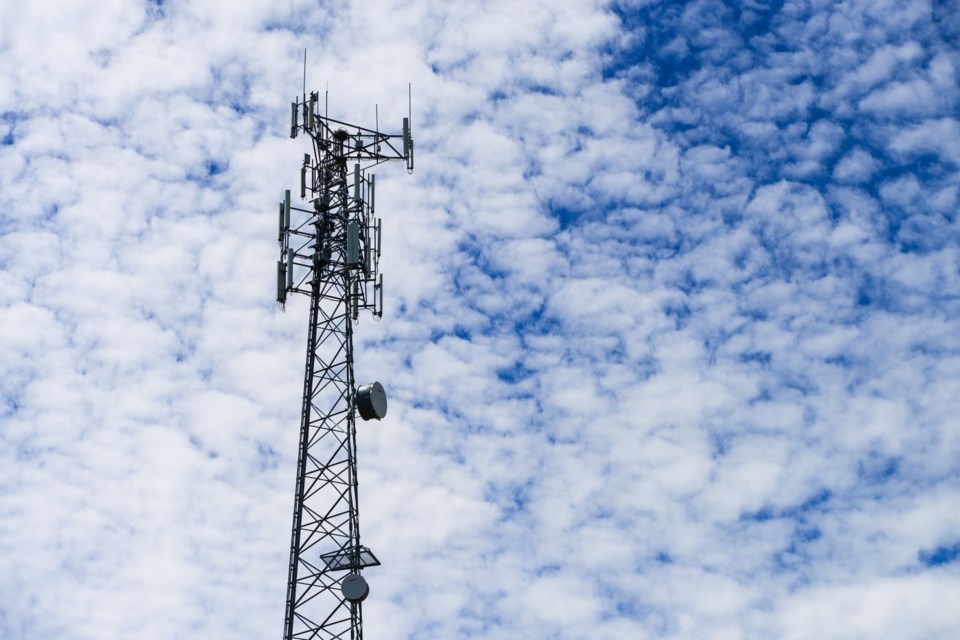GREENFIELD, N.S. — Nova Scotia has announced its next steps to improve the sporadic cellular phone coverage in rural areas across the province, committing Wednesday to spend another $18.6 million to build 27 new telecommunication towers.
The government has recently been under pressure to accelerate its plans to increase coverage, after some rural residents didn't receive emergency alerts during recent weather-related disasters. But Public Works Minister Kim Masland said further improvements won’t be seen immediately.
While cellphone reception is a safety issue, the task of fixing the gaps in coverage will be gradual, she said.
“This is like climbing Mount Everest,” Masland said in an interview Wednesday. “We are at the bottom and we are working our way up. This is going to take time.”
Last October, the provincial government announced an initial investment of $47.3 million to connect the 20,000 civic addresses and 1,010 kilometres of primary roads in Nova Scotia with poor cellular service. As part of that initial funding, Masland said Wednesday that Rogers has been chosen to upgrade 27 existing tower sites and connect them to its network. The telecommunications giant will install wireless broadband capabilities and add generators to the tower locations.
Meanwhile, officials said four mobile towers announced last fall are scheduled to be in place next spring with the remaining new and upgraded sites expected to be ready for service between next summer and the spring of 2027.
Masland said once the 27 new towers and other work announced Tuesday is completed, coverage will be provided to 62 per cent of the province’s underserved areas and to more than 562 kilometres of underserved roads and highways. The overall goal is to eventually reach 99 per cent coverage, she said.
At a cost of $3.3 million, the mobile towers are to expand coverage for first responders in the West Bay Road, Marble Mountain and Pleasant Bay areas of Cape Breton’s Inverness County; in Framboise in Richmond County, Cape Breton; and in Greenfield, Queens County.
Service Nova Scotia Minister Colton LeBlanc said getting the mobile towers in place isn’t simply a matter of choosing a site and moving ahead. “There is still land acquisition along with federal and provincial regulatory permitting,” LeBlanc said.
The lack of cellphone coverage in areas such as the province's South Shore and the Annapolis Valley was highlighted during flash flooding from torrential rains that hit the province in July 2023, when people were unable to access emergency alerts or use their phones.
Brett Tetanish, chief of the Brooklyn Volunteer Fire Department, who was among those who responded to flooding emergencies in the Municipality of West Hants, said in an interview earlier this month that continued shortfalls in cellular reception are “very frustrating.”
“I know things take time,” Tetanish said. “But in this day and age with the amount that people pay for cellular service and the way society relies on cellular service, we need it to be improved drastically.”
This report by The Canadian Press was first published July 31, 2024.
— By Keith Doucette in Halifax with files from Michael Tutton.
The Canadian Press

